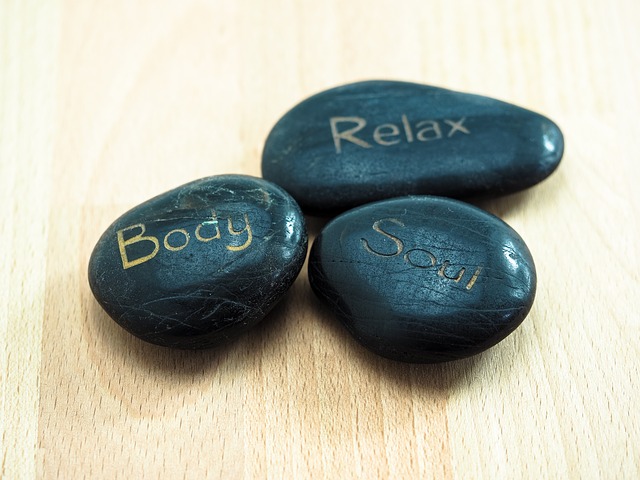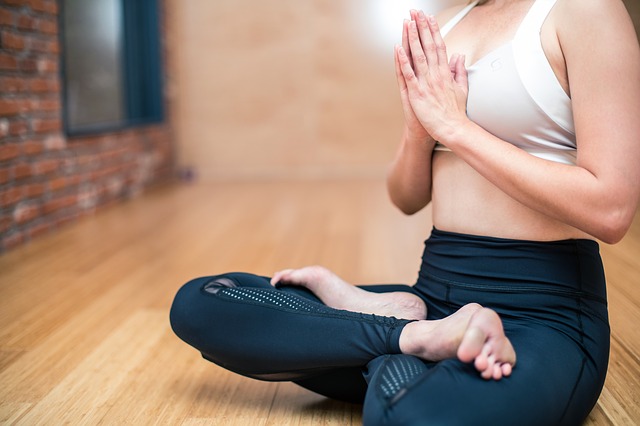Achieving Complete Body Relaxation
Progressive Relaxation for the Mind and Body

There are many methods and techniques to induce full body relaxation. From the soothing touch of therapeutic massage to sitting in tranquil mindfulness meditation, deep relaxation is beneficial to body and soul. There’s no getting around it, life is busy. The busier it is, the harder it gets to find peaceful relaxing moments in the day. However, it’s important to carve some time out of the 24 hours in the day to search out that which makes us serene and calm.
Potential Benefits of Whole Body Relaxation

Benefits of deep relaxation may include more restful sleep, relief from stress, anxiety or depression, a stronger ability to focus, higher creativity and productivity levels, lowering of blood pressure and overall improved general health. Finding time to relax is as important to the body and mind as proper diet and exercise.
A Full Body Relaxation Exercise
This relaxation technique can be adapted to suit the person using it. It can be utilized in a group setting where others can benefit as well. Twenty to 30 minutes per day is an adequate amount of time to induce the relaxation response when first learning the technique.

- At a time where you won’t be disturbed, lie on a comfortable flat surface in “zero gravity” position. This position is semi-reclining with cushions under the lower legs to elevate them to be level or slightly higher than the heart. This positioning is extremely comfortable and takes pressure off all major points of the body while still providing adequate circulation.
- Turn on soothing music without lyrics. This may need to be done before lying down if a remote control or portable audio system is not being used. Typical audio for deep relaxation is massage music or that designed for meditation or visualization techniques. Some audio includes brainwave technology to induce the “alpha state” in the brain which is deeply relaxing.
- Cover up with a blanket if necessary as body temperature drops as the body relaxes more deeply.
- Begin to breathe, inhaling to the count of four, holding to the count of seven, and exhaling to the count of eight. Continue this for approximately six cycles, then return to your natural rhythm.
- Begin progressive muscle relaxation with the feet, working upwards through the body. Pay attention to any areas of tension or pain along the way and visualize sending breath into the areas to relax and soothe.
- As any thoughts wander in to your mind, simply allow them to come and go. Resume focus on your breath and inducing complete body relaxation by allowing muscles to release all tension they may be holding.
The relaxation exercise above is easy to do but difficult to master. It is important to carve out time during the day to be able to do it without disturbance from phone calls, children, pets or time constraints. Many people have varying degrees of difficulty with controlling unwanted thoughts. Knowing that it’s normal and natural to have thoughts come and go may help with the ability to do the exercise effectively.
A Body Relaxation Consideration

If it seems impossible to induce deep relaxation on your own, consider using pre-recorded guided meditation, guided visualization, or hypnosis audios. Sometimes, the ability to hear someone else’s voice may be more effective in allowing deeper focus and ultimately, complete body relaxation.
